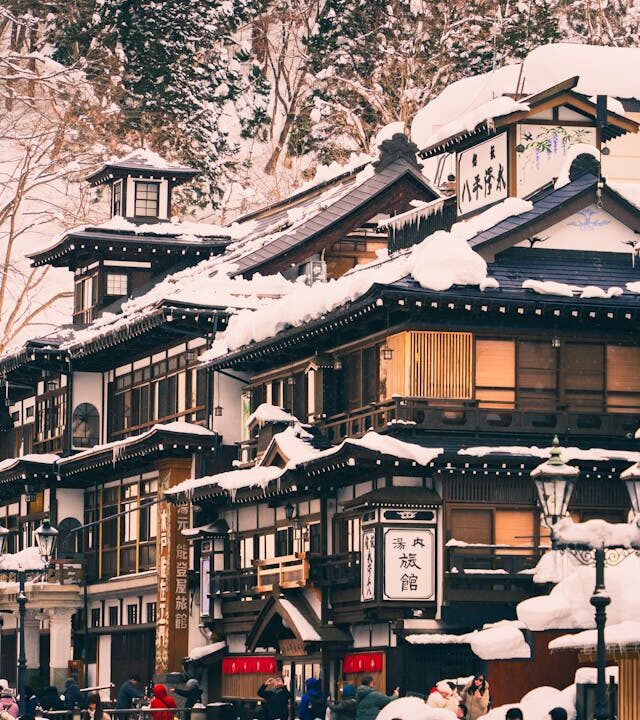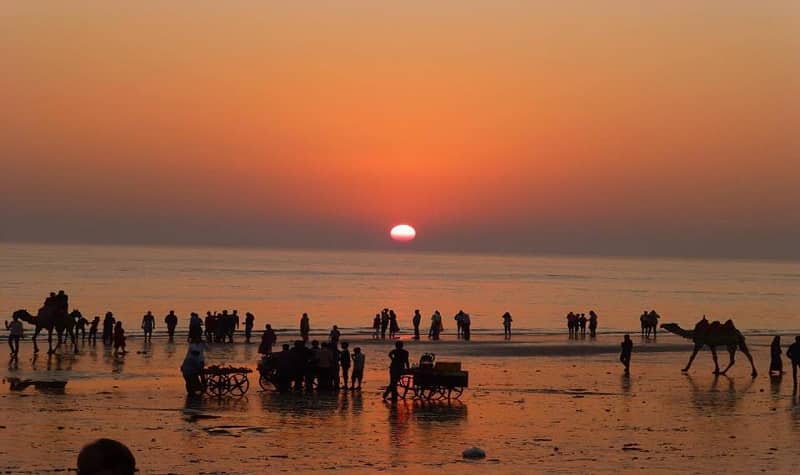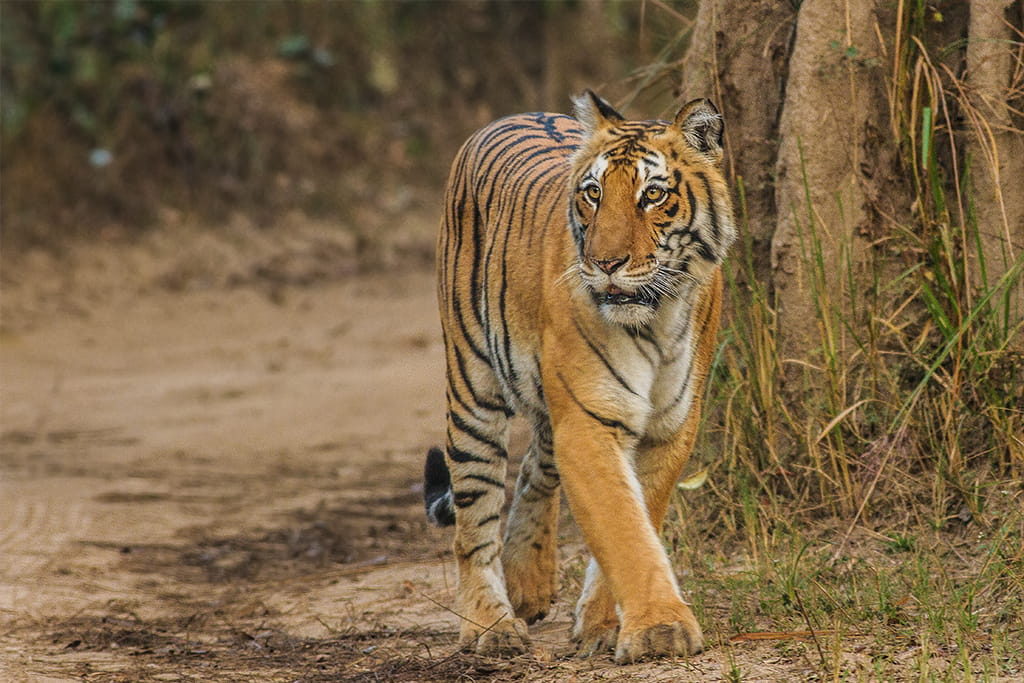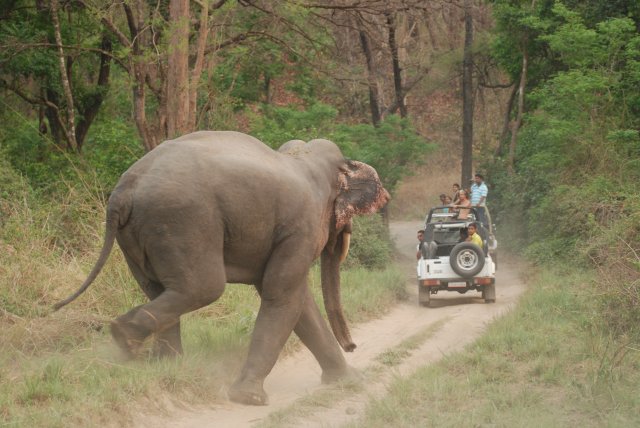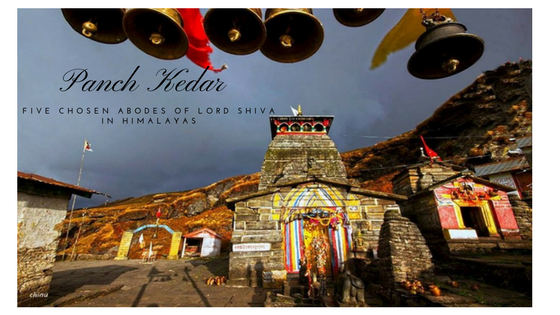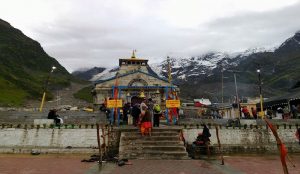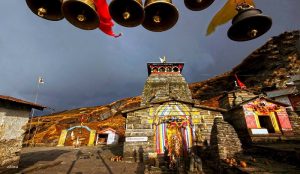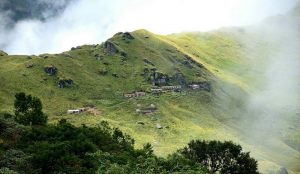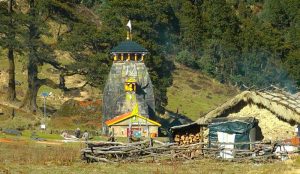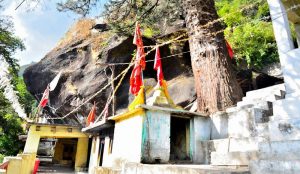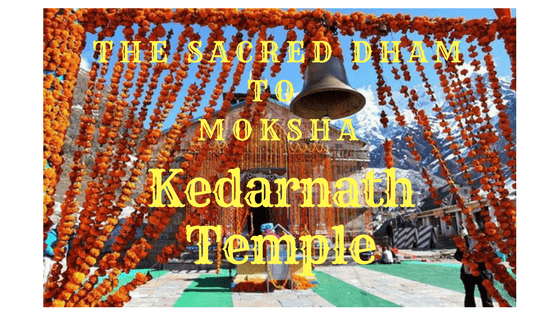Been listening to Amitabh Bachchan’s urgings for ‘Kuch din toh guzariye Gujarat mein’ and wondering what exactly to do in Gujarat during your vacation? Well, we have prepared a concise guide that would tell you what you ought to do while in the culturally rich terrains of Gujarat.
Explore Wildlife
Wildlife enthusiasts have a lot to explore in the many National Parks and wildlife sanctuaries in Gujarat. In fact, its four National Parks and twenty-three wildlife sanctuaries occupy 8.7% of its geographical area. This is more than double the national average! The first thing that comes to mind when wildlife exploration is mentioned of Gujarat state are the state’s status as the sole home of Asiatic lions in the world. Let the thickets of Gir National Park reveal their hidden dwellers, expect to spot wide array of animals and birds in a wildlife safari.
You may also like to read
Get to know the ocean’s family better at India’s first Marine National Park in Gulf of Kutch. Blackbuck National Park, Indian Wild Ass Sanctuary, Vansda National Park, Purna Wildlife, Thol Lake Bird sanctuary and Narayan Sarovar Sanctuary are some other must-visit destinations in this state remarkably rich in biodiversity. Talking of wildlife exploration, don’t forget to include the pleasures of witnessing the race of elegant Asian wild asses against salt flats in your itinerary. You might try to join in the race and try your chances as well!
Get lost in the white expanses of Rann of Kutch
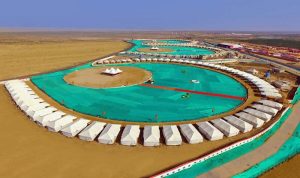
This milky white stretch of 7,505 sq km is a true geographical wonder! Yes, the surreal sense evoked by the beautiful pictures of Rann of Kutch is true of the actual site as well. If you happen to be in Gujarat during November, do not miss to witness the famed Rann Utsav. Breathing in the serene environ of Rann of Kutch under the shimmering glow of full moon is a treat to your senses. The ethereal beauty of the arid salt marsh is beautifully complemented by the ethnic hues brought in by its native population.
Follow the trails of its long coastline
Did you know that Gujarat has the longest coastline in the entire country? A visit to Gujarat is incomplete without letting its beaches let you feast on the undulating rhythms of the sea. Diu beach, Nargol beach, Tithal beach, Dwaraka beach and Jamnagar beach are some of the most popular tourist attractions in the state, let their magical shores relax and rewind your senses.
Soak up The Tribal Charm of Saputara
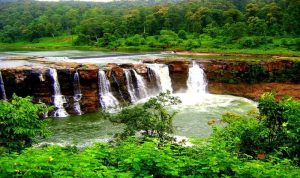
The only hill station in this predominantly arid land, Saputara translates to ‘abode of snakes’. Enter its nature’s womb, let the lush green forests and beautiful waterfalls feed the arid regions of your soul. One of its chief attractions is the 75 m drop of Gira Falls amidst spectacular greenery. Explore its cold and misty environ upon foot. One ought to learn about the rich ethnic culture of its native tribal population as well, visit their shrines for serpent gods upon the beautiful banks of Sarpaganga river.
Experience Gandhiji’s essence at Sabarmati Ashram
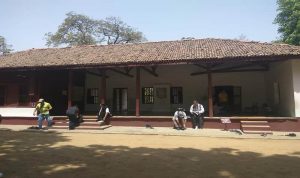
Sabarmati Ashram, nestling upon the serene banks of river Sabarmati, had served as the home for Mahatma Gandhi during a crucial period of his illustrious political life. Get to know more about his life and philosophy through the many exhibitions, archives, galleries and relics at the museum in Ashram. Visitors can let the 90 min guided walking tour across the precincts of the ashram educate one further about this great son of India’s soil. Let its austere premises help you experience the remnants of his essence that still live in this land.
Arise upon the wings of hot air balloon over Kankaria Lake

Think lakes, and the first thing that comes to one’s mind are images of boating. But Kankaria Lake in Ahmedabad lets you rise high in the air as well. Indulge in the pleasures of a hot air balloon whilst visiting Kankaria Lake.
Worship at Ancient Shrines
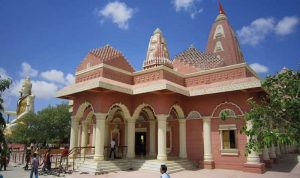
Join in the thousands who flock to the state for Darshan at the holiest of Shrines- Somnath Jyotirlinga, Nageshwar Jyotirlinga, Dwarkadhish Temple and Shri Arasuri Ambaji Temple. Let their sacred essence nourish your spiritual longings as well!
You may like to read



